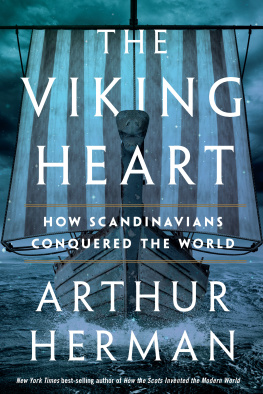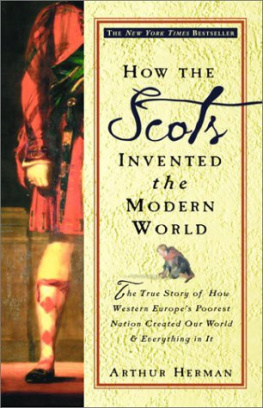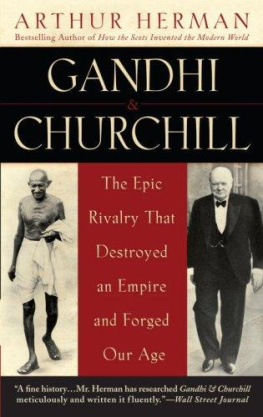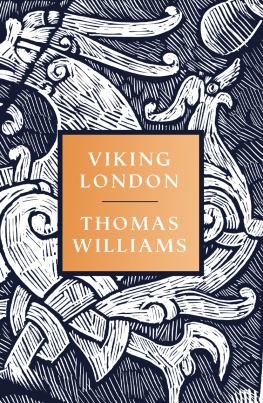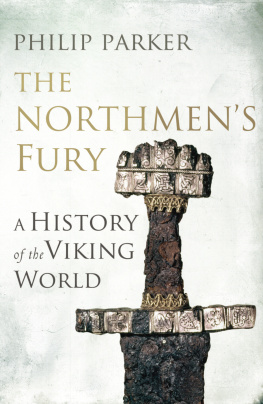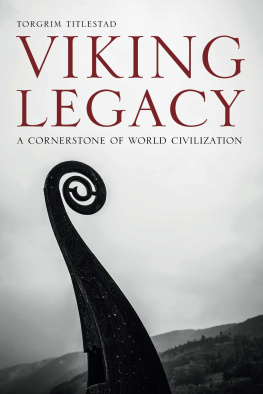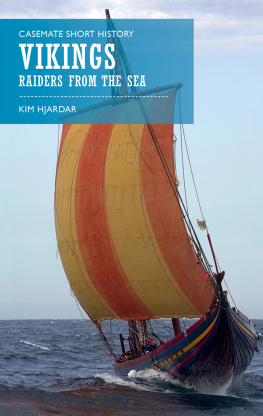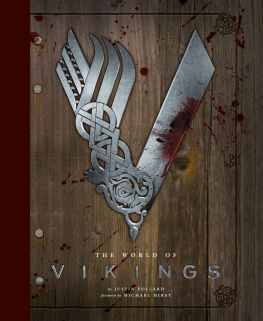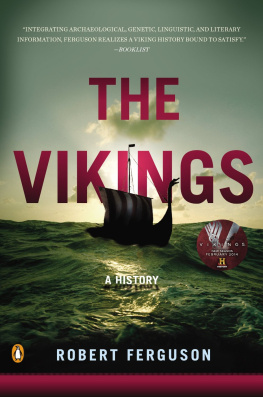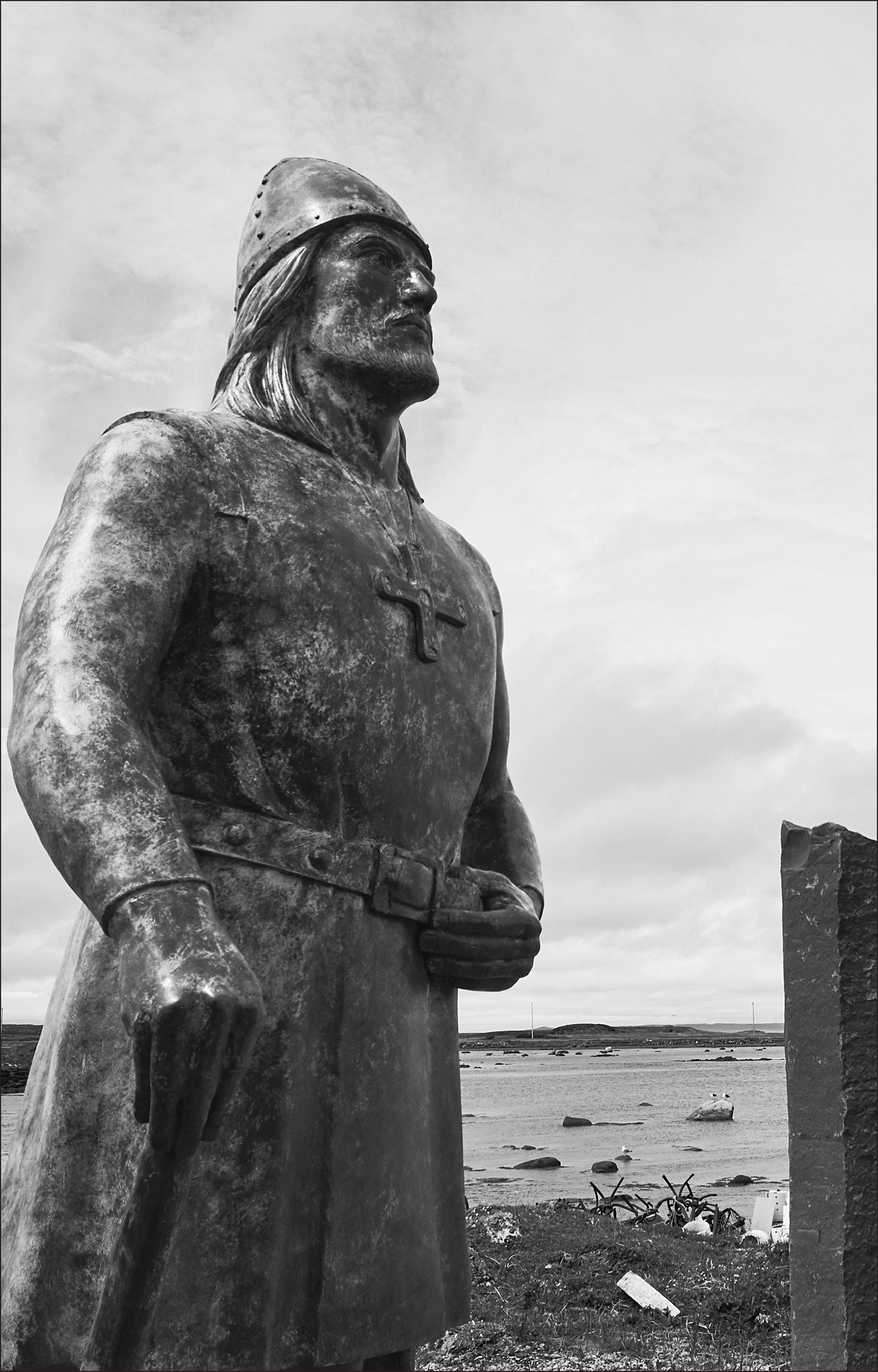
Copyright 2021 by Arthur Herman
All rights reserved. No part of this book may be used or reproduced in any manner whatsoever without written permission except in the case of brief quotations embodied in critical articles and reviews. For information, address HarperCollins Publishers, 195 Broadway, New York, NY 10007.
marinerbooks.com
Library of Congress Cataloging-in-Publication Data
Names: Herman, Arthur, 1956 author.
Title: The Viking heart : how Scandinavians conquered the world / Arthur Herman.
Other titles: How Scandinavians conquered the world
Description: Boston : Houghton Mifflin Harcourt, 2021. | Includes bibliographical references and index.
Identifiers: LCCN 2020057689 (print) | LCCN 2020057690 (ebook) | ISBN 9781328595904 (hardcover) | ISBN 9780358536734 | ISBN 9780358536840 | ISBN 9781328595201 (ebook)
Subjects: LCSH: Civilization, Viking. | Vikings. | Northmen. | Civilization, ModernScandinavian influences. | Scandinavian AmericansHistory. | National characteristics, Scandinavian.
Classification: LCC DL 65 . H 47 2021 (print) | LCC DL 65 (ebook) | DDC 948/.022dc23
LC record available at https://lccn.loc.gov/2020057689
LC ebook record available at https://lccn.loc.gov/2020057690
Cover design by Brian Moore
Cover images: Aaron Foster / Getty Images (ocean / sky); Calum Davidson / Getty Images (boat); Universal History Archive / Universal Images Group / Getty Images (dragon head);
Author photograph Declan Ganley
v3.1021
Frontispiece art (Leif Erikson): HelloWorld Images / Alamy
Maps on by Mapping Specialists, Ltd.
Excerpts from 100 Pieces of Advice for Emigrants by Holger Rosenberg, translated by the Museum of Danish America. Used with permission from the Museum of Danish America, Elk Horn, Iowa.
Every effort has been made to contact all copyright holders. If notified, the publisher will be pleased to rectify any errors or omissions at the earliest opportunity.
For Beth, my magic talisman and guiding spirit
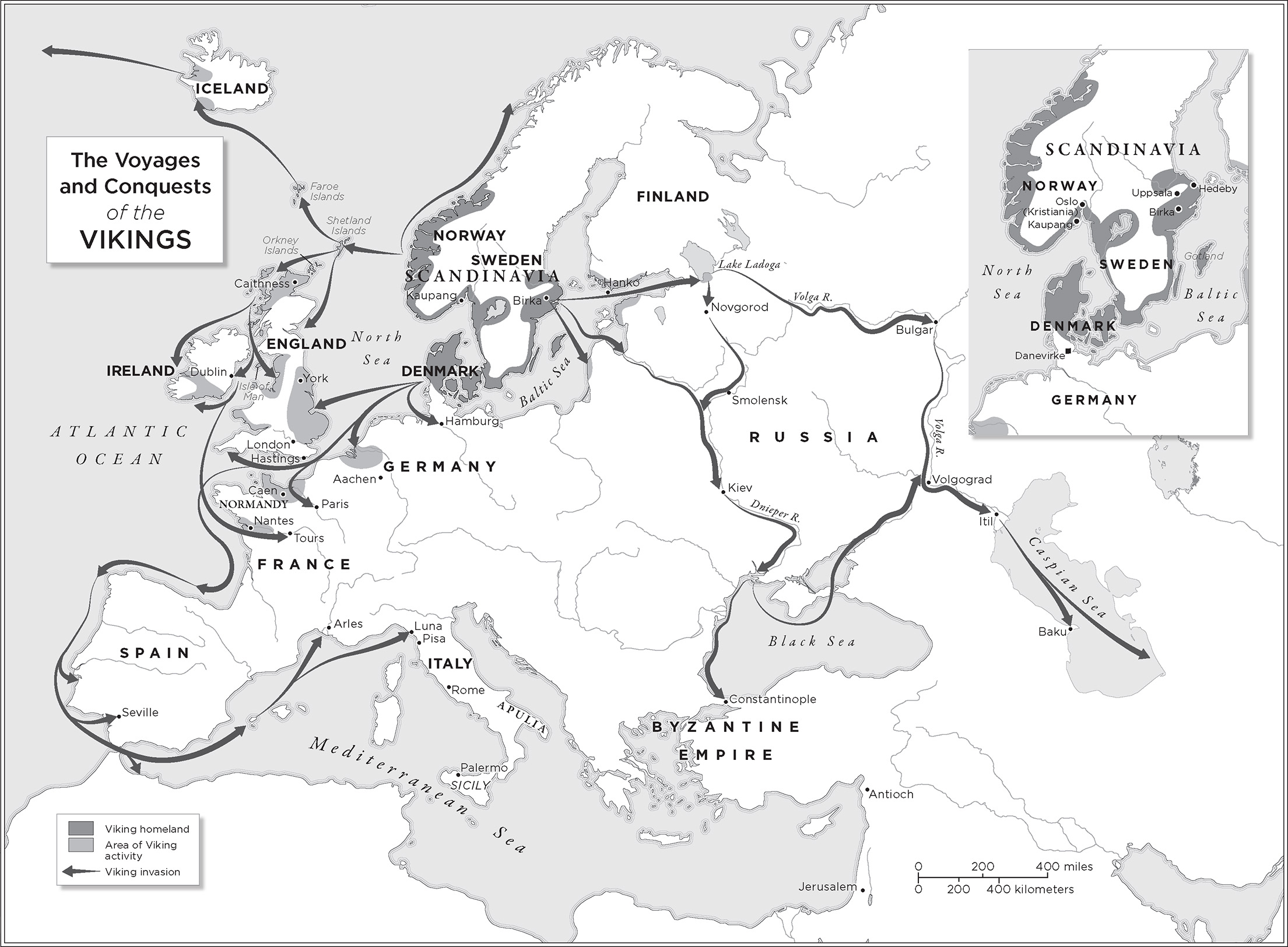
Preface
MY PARENTS HAVE a photograph of my Norwegian grandmother on the plains of Montana, not long after she arrived in America. She is surrounded by her brother and her cousins in front of a barbed-wire fence set against the flat bleak landscape. Its a hunting party. In my grandmothers arms is a Winchester rifle, and a row of rabbits dangles from the wire fence.
Ive never forgotten that photograph since the first time I saw it as a boy. In one way, it was hard to reconcile with the grandmother I knew, who baked cookies and made Thanksgiving dinner when we came to visit in Brainerd, Minnesota, with the intrepid hunter in the picture. But increasingly I came to realize this was indeed the same woman, a quiet but strong Norwegian lady for whom Montana (where my mother was born) was just one stop on a journey that took her from her village of Ulefoss to Kristiania (now Oslo) to board a ship for America.
That was in 1910 (my mother still has the trunk her mother brought with her, with the sticker for the steamship line attached to the side). At the time, Anna Carlson was just one young girl in a mass exodus of Norwegians, Swedes, Danes, and Finns from their Scandinavian homeland to America, which is sometimes dubbed the Great Migration. In just under two decades, more than 450,000 of them came to the United States. Together they would transform America and the American Dream forever. Neither would be the same again.
Anna Carlsons part in that transformation was, compared to others, admittedly rather small. But her journey showed off many of the qualities that made her distant ancestors, the Norsemen Vikings, famous: physical and moral courage, determination and adaptability, a deep loyalty to family, and a commitment to cultural heritage, which for her included the Lutheran Church. The only persons more revered in my grandmothers house than Franklin Roosevelt were Martin Luther and Leif Erikson, the Viking discoverer of America.
In fact, both she and Leif had taken long journeys to arrive at their chosen destinations. In Leifs case, the trek took him from Norway to Greenland, and ultimately to somewhere along the coast of Labrador. In the case of Anna Flaaten (ne Carlson), it took her from Ulefoss and Kristiania to New York City and then Lansing, Iowa, where she shared a home with Norwegian cousins. Then she was off to Montana, where she married fellow Norwegian Carsten Flaaten, and then to Minneapolis. Minneapolis was the mecca of Scandinavian Americans in those days, a place where Swedes and Norwegians and a sprinkling of Danes and Finns chose to make their homes in hustling, bustling America. My grandmother worked as a maid in the citys hotels. Her journey finally ended in Brainerd, Minnesota, a town made up almost entirely of Swedish and Norwegian American families. There, at the top of a rise well-suited to her grandchildrens downhill sledding, she lived in the tiny white house where she had raised three children, including my mother, and where we would occasionally gather for Thanksgiving dinner. For dessert, a cake would come out from the kitchen with a tiny Norwegian flag stuck in the middle to remind us of her homeland, and her brothers and other family who were still there.
You are about to read a book that ranges over several centuries. Its a story of epic journeys and battles, longships and steamships, buried treasures and pagan rituals, kings, queens, warriors, and heroes. Some are armed with swords and battle-axes, and others with a plow and an awl or perhaps nothing more than a penand some with a Winchester rifle on the Montana plains. But you will soon discover that a single thread runs through them all. Its a thread that connects my grandmother, and the members of my family, to the original settlers of the land she left at the beginning of the past century. Those were the people we call the Vikings. The connection is more than just genealogical, a happenstance of DNA and biology. It does, as well see, run deeper.
This is a book about a frame of mind, a way of life, a way of doing things and making things, including making things happen in the face of the worst adversity. Its about loyalties that burrow down into the most granular of relations, to immediate family and kin, relations that sometimes cut against the grain but that, in a harsh, unforgiving environment, a land of ice and snow and forbidding mountains and forests, make survival possibleeven meaningful.
Its about a willingness to venture out into the complete unknown, as Leif Erikson and my grandmother and grandfather did, with the confidence that somewhere on the other side of the far horizon, freedom and a new home wait. Its the quality I call the Viking heart, and it lies at the core of this bookthe people it describes, the journeys they take, and the significance of their legacies.
These characteristics of the Viking heart have been an essential part of Scandinavian culture almost from its beginning. They are by no means the exclusive property of Scandinavians or of Scandinavian immigrants to this country. In truth, they did not completely define the Vikings themselves, whose more rapacious and brutal exploits have been handed down in history and legend. But over the centuries, Scandinavians have figured out how to make the most of this constellation of human virtues.
Many historians see the Vikings as a one-act drama. They make their contribution to civilization with their raids and voyages, including those reaching as far as North America, and then they conveniently exit the historical stage. This book takes the opposite tack. Studying Viking history reveals that the defining characteristics of the Viking heart have actually survived through the centuries and still shape our world today.

